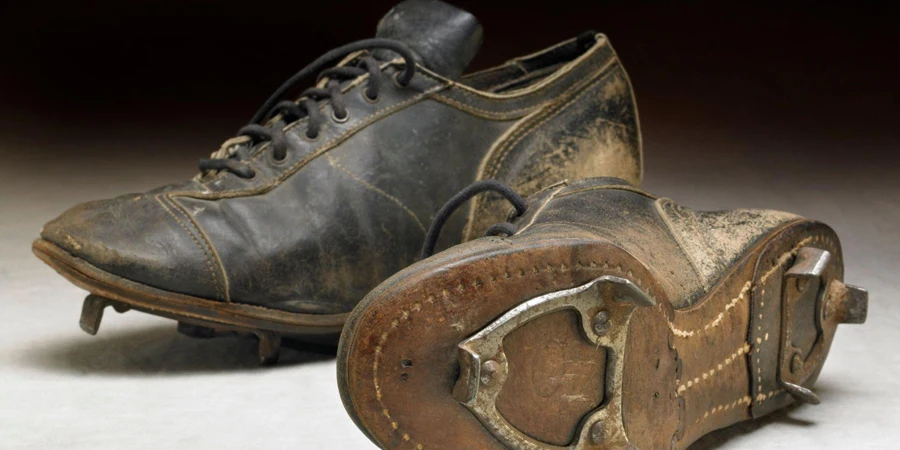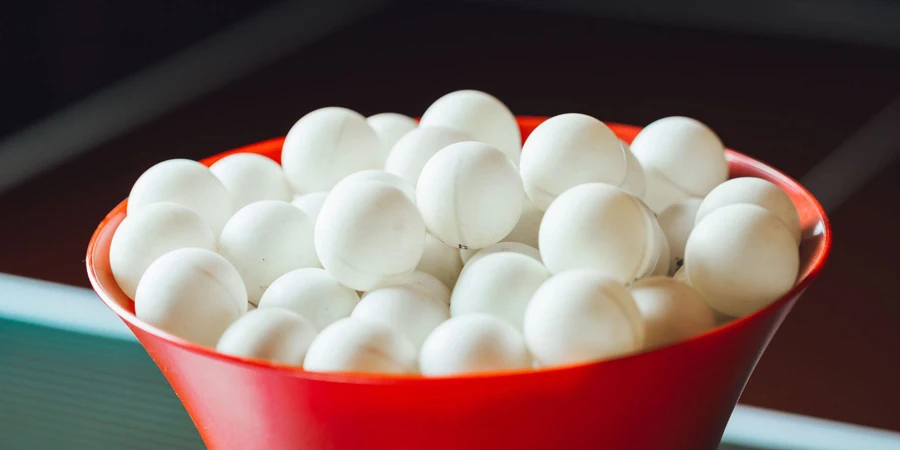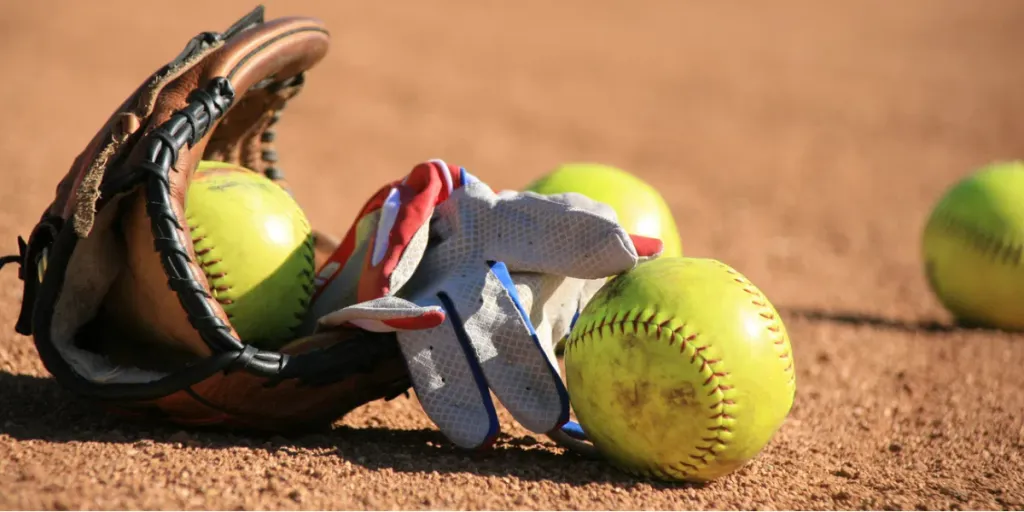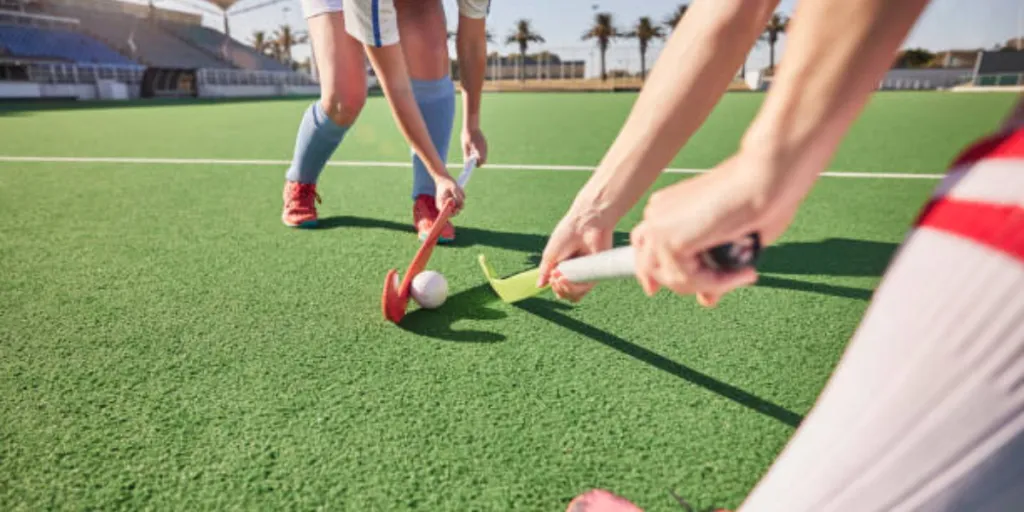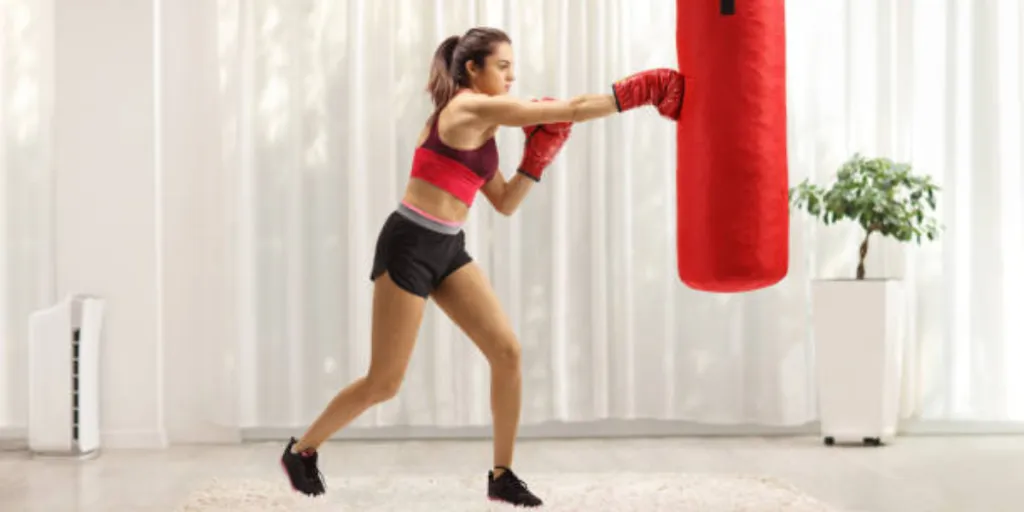It’s a well-known fact that lifting weights is better with chalk. Sports chalk improves grip and handling, making it easier for lifters to beat their previous records or to reach their daily goals.
Nonetheless, avid gym goers will often have to choose between liquid and regular sports chalk. That’s why this liquid vs. regular chalk comparison explores both options and highlights which is more profitable for businesses to stock in 2024.
Table of Contents
What are liquid and regular sports chalk?
Factors often used to compare liquid chalk to regular chalk
Liquid chalk vs. regular chalk: Which should businesses stock?
Conclusion
What are liquid and regular sports chalk?
Sports chalks have been improving hand grip since the 1950s. They started as traditional, powdery chalks closely resembling those teachers used on blackboards in the old days. However, various developments (which will be discussed later) led to the introduction of liquid chalk.
Regular (or dry chalk) is the traditional variant made from compressing magnesium carbonate into powder or blocks. This chalk is excellent at keeping one’s hands dry and improving grip. But using it can leave a powdery mess everywhere, for example on gym equipment, one’s surroundings, and even on workout clothes. Even worse, many users felt that applying regular sports chalk evenly was challenging, often resulting in areas with more chalk than others.
Due to these challenges, liquid chalk was introduced as a better alternative. Instead of compressing magnesium carbonate, manufacturers added chalk powder to alcohol to create this innovative fitness products. While consumers apply it as a liquid, it quickly dries into a smooth, even chalk layer on the hands.
Factors often used to compare liquid chalk to regular chalk
Ease of use
Although it’s easy to think there’s nothing complicated about applying gym chalk, this is not always the case. Liquid and regular chalks apply differently, so some consumers may find one more challenging than the other.
Since regular chalk comes in block or powder form, consumers only need to rub it on their hands to prepare for lifting. But the application process often leads to messy situations. Consumes may even create cloud dust capable of covering a large portion of the gym—and clearly, not everyone would like this!
On the other hand, liquid chalk comes with an easier application process. It comes in bottles that users can squeeze to apply the chalk, like lotion. Since it dries quickly, users only need to wait a few seconds to enjoy their even, thin chalk layer.
Mess
As previously stated, regular chalk is notorious for leaving a huge mess in its wake. Why does this happen? It’s because of the application process. Consumers have to dip their hands into the chalk and do some hand-washing motions—which already starts to raise some dust clouds from the chalk tray. And when they feel they have gotten enough chalk, most of the extras will drop to the floor.
The worst part is consumers must do a few claps to remove any stubborn extras. These clapping actions create massive dust clouds while scattering small chalk particles everywhere. Why is this a problem? The floor may become slippery, people could start coughing, and some people might get upset by this.
Thankfully, liquid chalk handles differently. After squirting some liquid from the bottle, consumers can rub it on their palms without creating any dust clouds. Even if dust clouds appear, they will be small enough to ignore, especially when compared to dry chalk.
But that doesn’t mean liquid chalk is not exempt from its own mess. While regular chalk is chaotic during the application, liquid variants are messy during exercises. They often leave a residue that may be difficult to remove from equipment. Dry chalk also leaves residues but is easier to clean with damp cloths.
Longevity
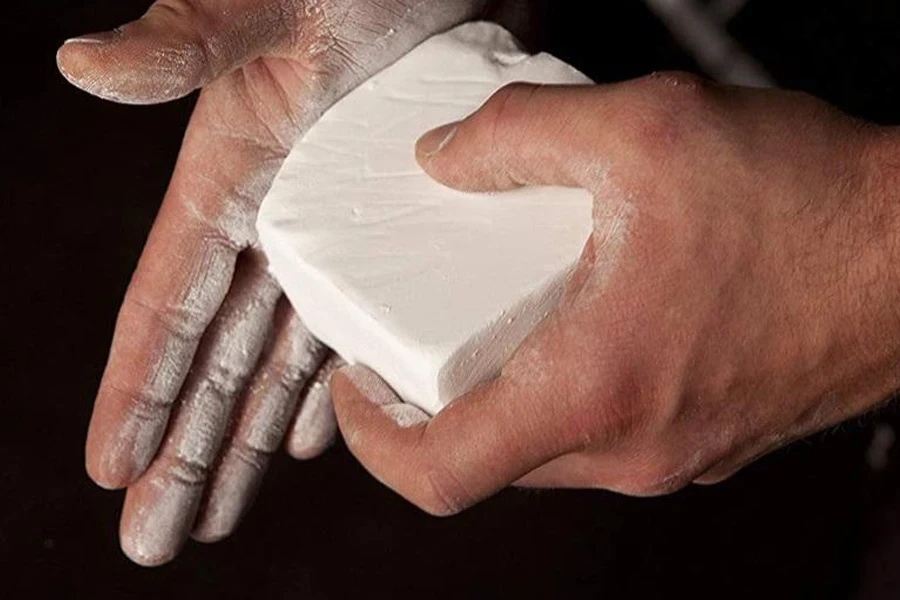
Now, for the big question on every fitness enthusiast’s mind: which one lasts longer? The answer is it depends on workout intensity, duration, and palm type. Overall, dry chalk can provide a more consistent grip throughout workouts, meaning it tends to last longer. On the other hand, liquid chalk dries out faster, leading to decreased effectiveness over time.
But there’s more. Consumers can use dry chalk several times before needing another dip, whereas liquid variants need more frequent reapplications. Nevertheless, liquid chalk offers a more convenient reapplication since lifters can easily carry it in their gym bag.
More importantly, dry chalk may not last long for heavy sweaters or consumers with sweaty palms. Due to the moisture, these products will become clumpy and lose effectiveness fast, making it tricky to reapply them evenly. Liquid chalk is the better option for such consumers as it will offer a longer, more consistent grip.
Health and safety
Health and safety may not be the first thing that comes to mind when thinking about sports chalk, but these products can be potentially dangerous to some consumers. For instance, because liquid chalk is less messy, it will release fewer airborne particles, reducing the chances of lung irritation.
On the flip side, liquid chalk contains alcohol, which is notorious for drying out the skin and causing cracks or calluses on the hands. However, some manufacturers solve this issue by offering non-alcohol liquid chalks. Nevertheless, research proves that alcoholic liquid chalks have impressive antiseptic properties for bacteria termination—so they are worth considering for many consumers, especially those sharing sports chalks.
Meanwhile, regular chalk releases fine particles into the air, increasing the chances of respiratory irritation. It gets worse. Continuous chalk dust inhalation also leads to bigger problems. It causes mineral buildup in the lungs, leading to many health issues in the long run. So, many consumers steer away from these products.
Mileage
Now, how long would a bottle of liquid chalk last compared to a block/powder bag for regular chalk? Regular chalk has the upper hand in this category. However, block variants offer more mileage than bags. Why? Because consumers have more control over block chalks—conversely, it’s easy to overuse powder variants.
Plus, blocks of sports chalk can last a long time if consumers use them properly. While liquid chalks also offer some control over product usage, they just don’t offer the same mileage as block chalks. Consumers can expect to replace their liquid chalk every 2-4 months (light usage), 2-6 weeks (moderate usage), and 1-3 weeks (heavy usage).
Liquid chalk vs. regular chalk: Which should businesses stock?
Liquid chalk may come out on top overall, for some, but not all, trainers. Both dry and liquid sports chalks have their advantages and disadvantages that make consumers choose one over the other, meaning the best choice often comes down to preference.
But if businesses want to decide the best ones to sell based on popularity, Google ads data can help with that. Liquid chalks have been catching more interest lately. They registered a 40% boost in 2024, jumping from 27,100 searches in January to 40,500 in February. On the other hand, powder chalk does not draw as much interest as its liquid variants. It only registered a 10% growth in 2024, moving from 12,100 to 14,000 in February—which is smaller but still noteworthy.
So, based on popularity, liquid chalk is the obvious winner. But if the targets are consumers who prefer dry chalk, businesses can still make some profit from its sizable audience.
Conclusion
Sports chalk is a necessary part of every weight lifter’s routine. They need these products to remove and prevent moisture from their hands, giving them a better grip and more powerful lifts. However, sellers have to choose between liquid and regular variants. Consumers looking for less messy applications will favor liquid chalks (which is also the majority), while those needing something more cost-effective will prefer dry chalk. But overall, liquid chalk is the better investment based on search interest.


